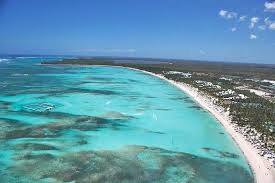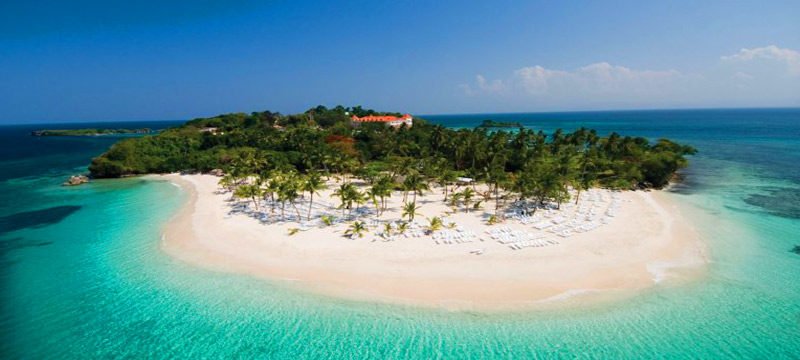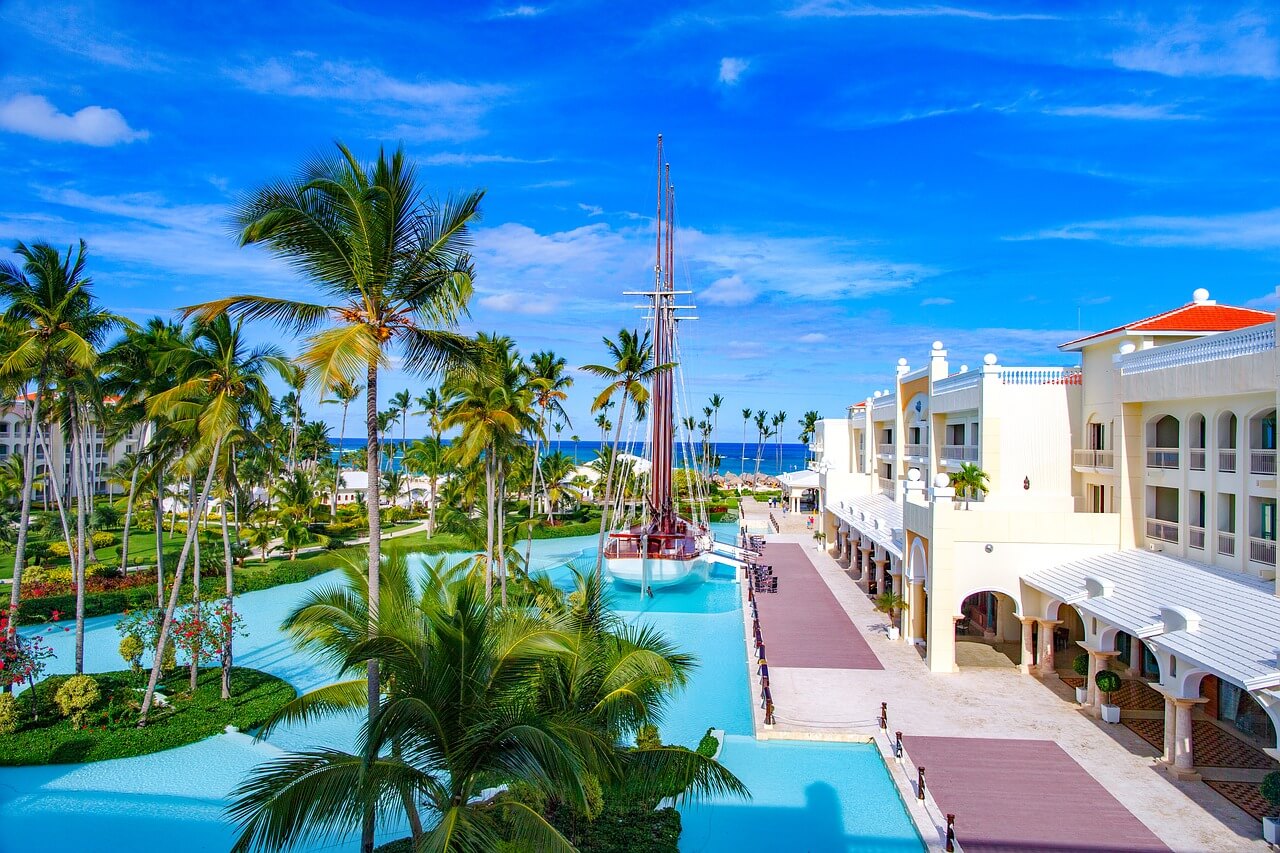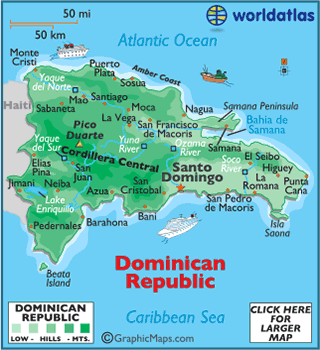







General Information
Dominican Republic is the second largest and most diverse Caribbean country, situated just two hours
south of Miami, less than four hours from New York and eight hours from most European cities. Known
for our warm and hospitable people, Dominican Republic is a destination like no other, featuring
astounding nature, intriguing history and rich culture.Surrounded by the Atlantic Ocean on the
north and the Caribbean Sea on the south, our lush tropical island paradise boasts nearly 1,000
miles (1,609 km) of coastline, 250 miles (402 km) of the world’s top beaches, magnificent resorts
and hotels, and a variety of sports, recreation and entertainment options. Here you can dance to
the pulse pounding thrill of the merengue, renew in our luxurious and diverse accommodations,
explore ancient relics of centuries past, delight in delicious Dominican gastronomy or enjoy ecotourism
adventures in our magnificent national parks, mountain ranges, rivers, and beaches.
Culture/Histroy
The Dominican Republic was explored by Columbus on his first voyage in 1492. He named it La Española,
and his son, Diego, was its first viceroy. The capital, Santo Domingo, founded in 1496, is the oldest
European settlement in the Western Hemisphere. Spain ceded the colony to France in 1795, and Haitian
blacks under Toussaint L'Ouverture conquered it in 1801. In 1808, the people revolted and captured
Santo Domingo the next year, setting up the first republic. Spain regained title to the colony in
1814. In 1821 Spanish rule was overthrown, but in 1822 the colony was reconquered by the Haitians.
In 1844, the Haitians were thrown out and the Dominican Republic was established, headed by Pedro Santana.
Uprisings and Haitian attacks led Santana to make the country a province of Spain from 1861 to 1865.
Food
Dominican food is a vibrant mix of cultures. The varying influences throughout its history and the different groups
of people who have inhabited the island mean that Dominican recipes have a unique personality. The rich and flavorful
combinations of Spanish, Taíno, and African cuisines create some delicious dishes. Like in most Hispanic cultures,
lunch is the main meal of the day for Dominicans. One of the most common recipes in the Dominican Republic is
La Bandera, which is considered the national dish. It is a colorful meal that matches the colors of the country's
flag and consists of rice, red beans, meat, and salad. Sazón, or Sofrito as it is known throughout Latin America,
forms the basis for a vast range of food recipes in the Dominican Republic. It is a sautéed mix of local herbs
and spices that is used to bring out the flavors of the dishes. There are some truly unique drinks in the Dominican
Republic. Some of the most popular include Morir Soñado, similar to orange juice, Mauby, a drink made primarily from
tree bark, and Mama Juana, an indigenous drink made from rum, red wine, and honey which is left to soak with tree bark
and herbs. With its vibrant variety and flavorful combinations, the food of the Dominican Republic is definitely worth a try!